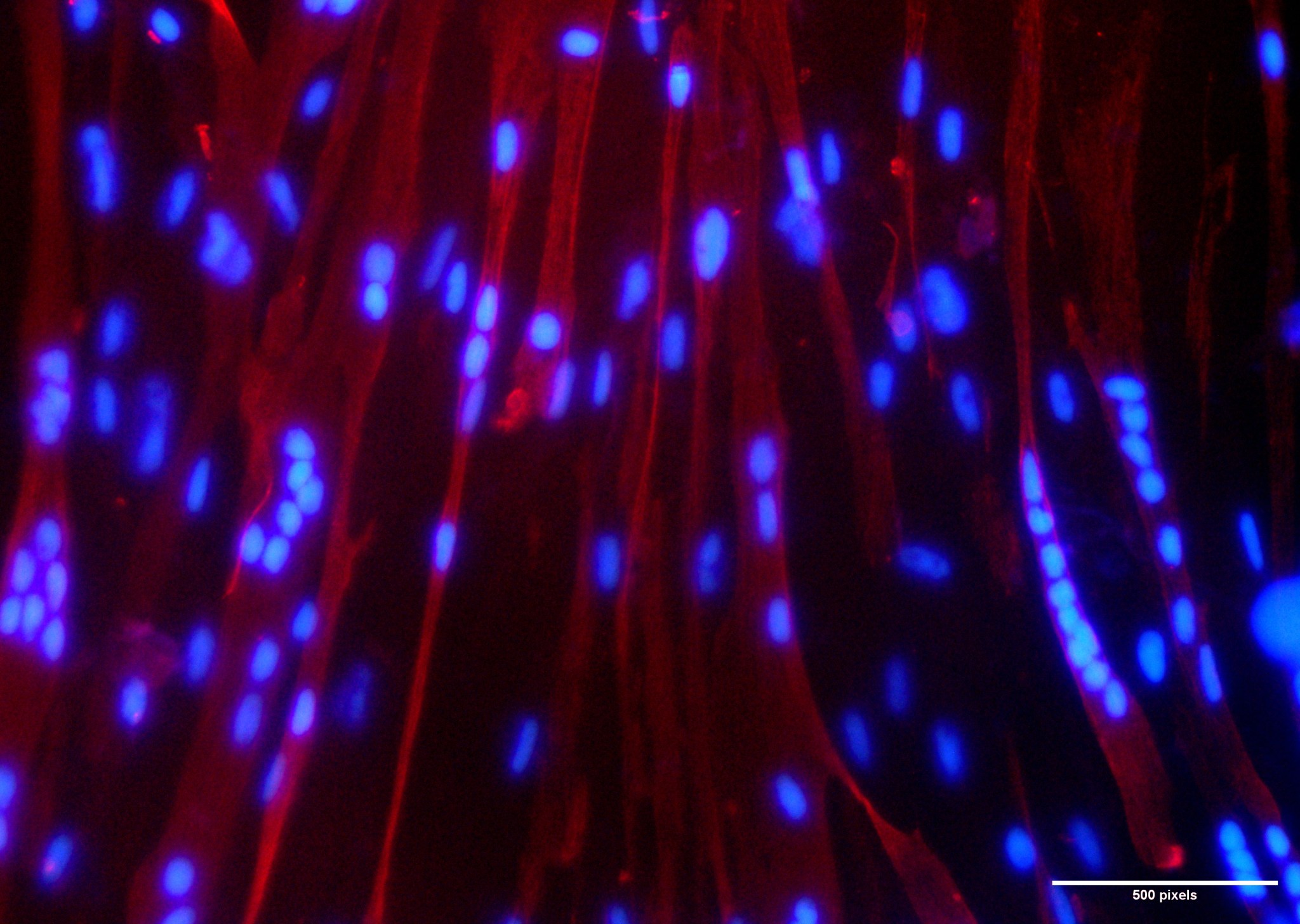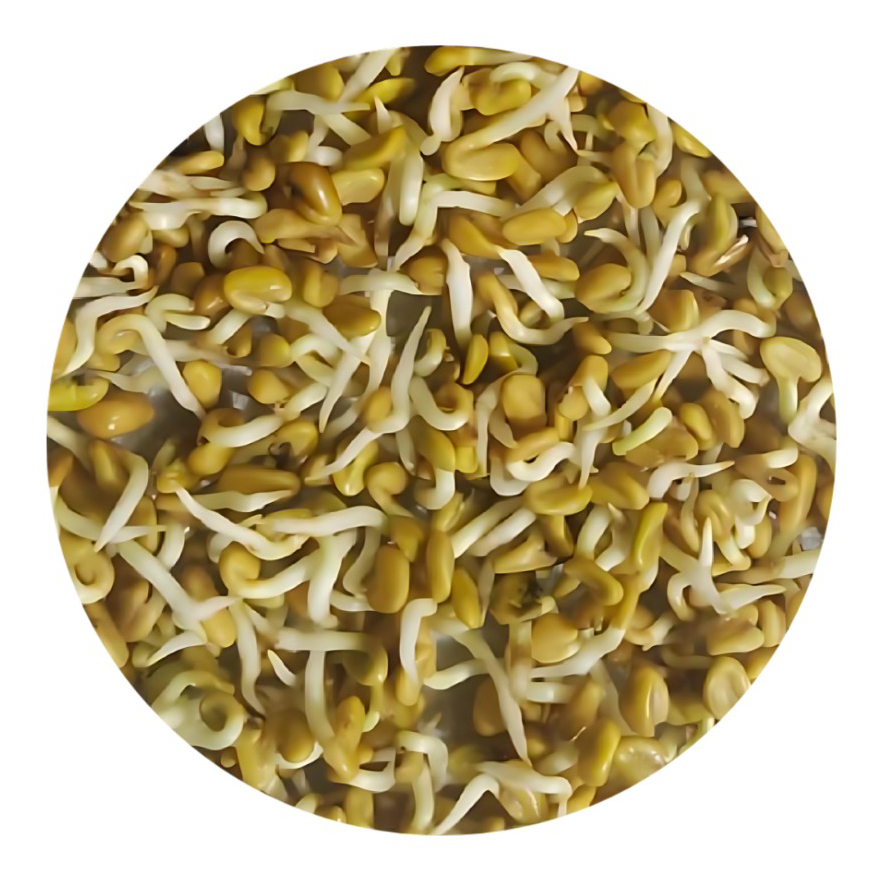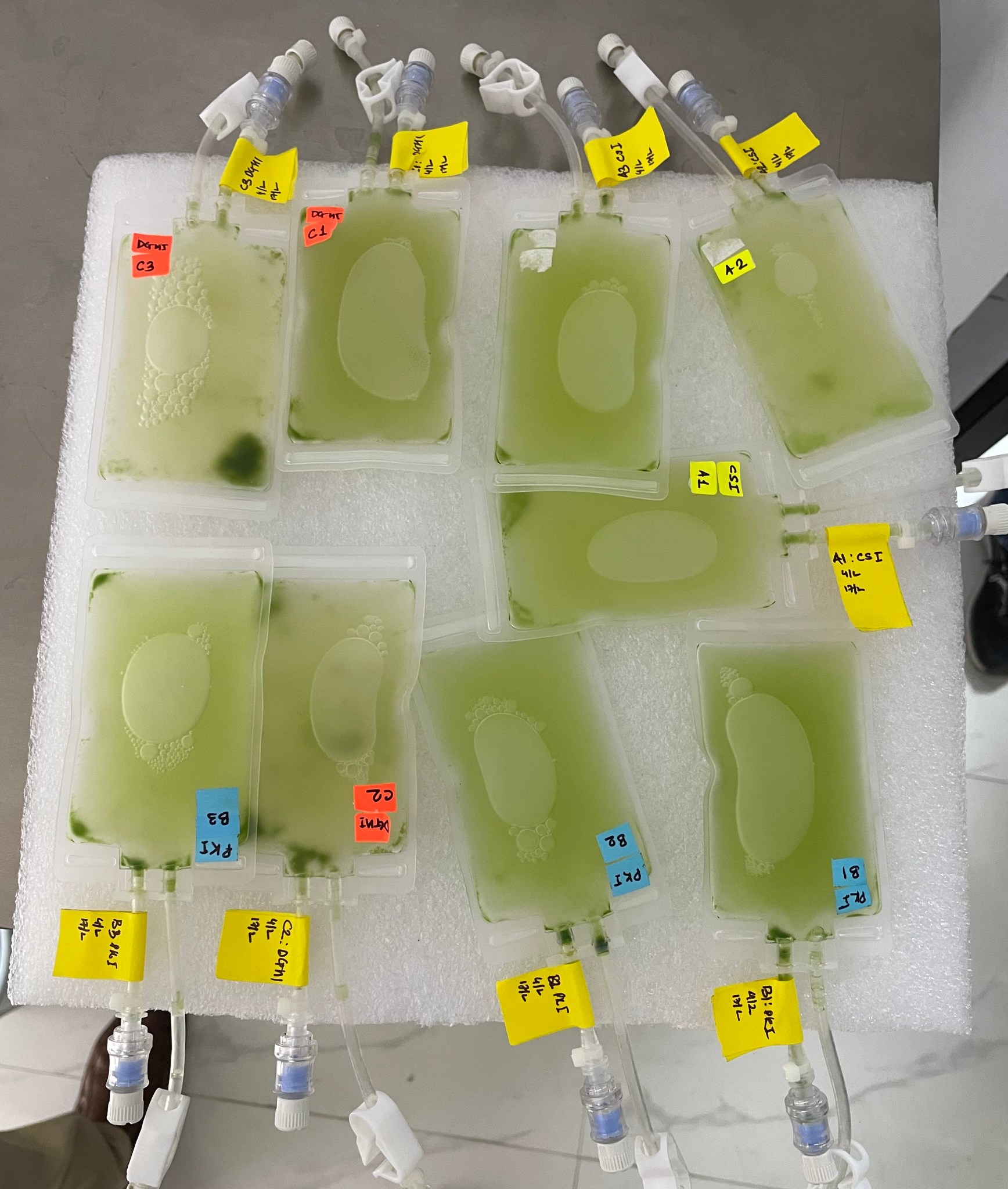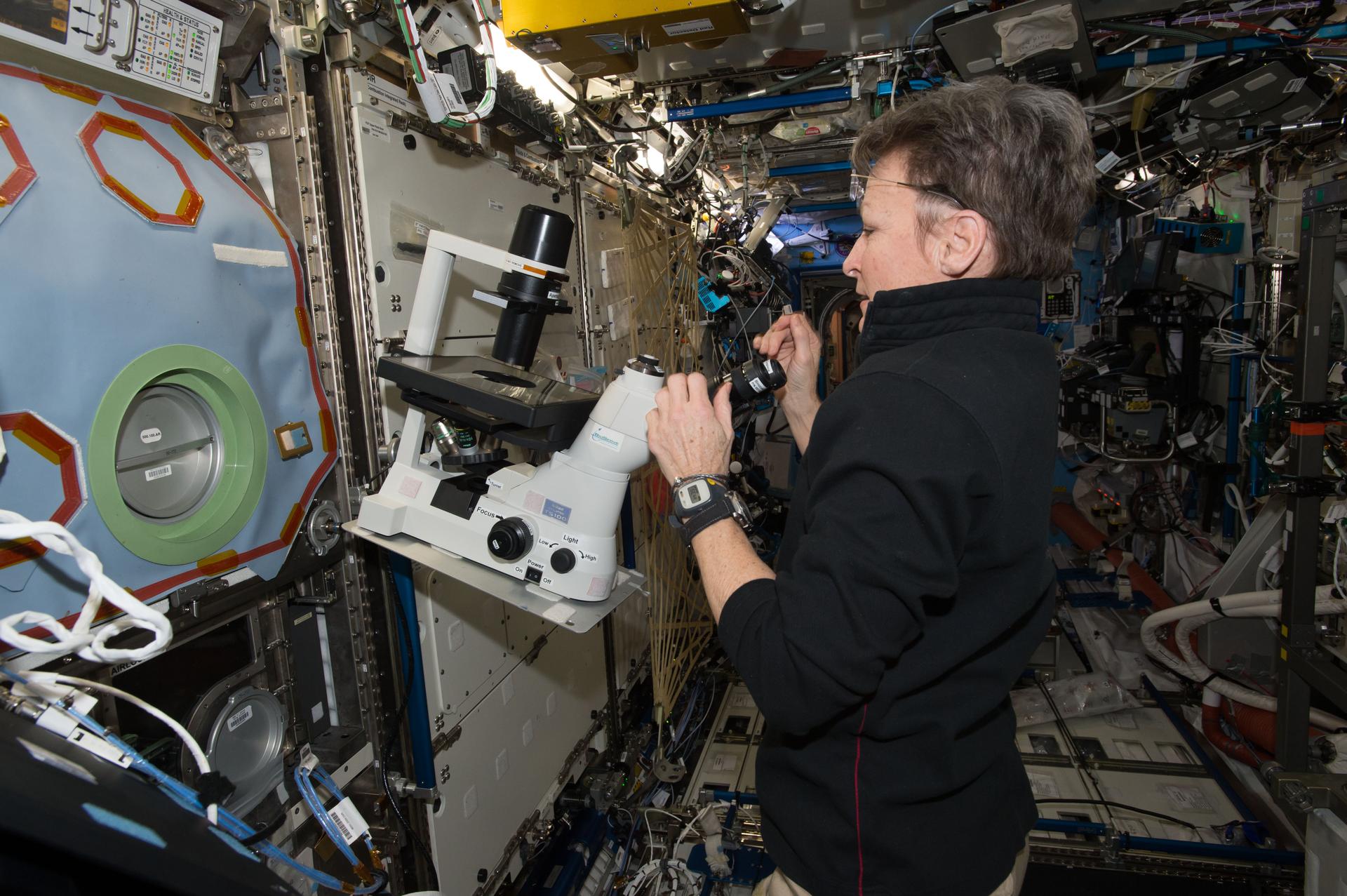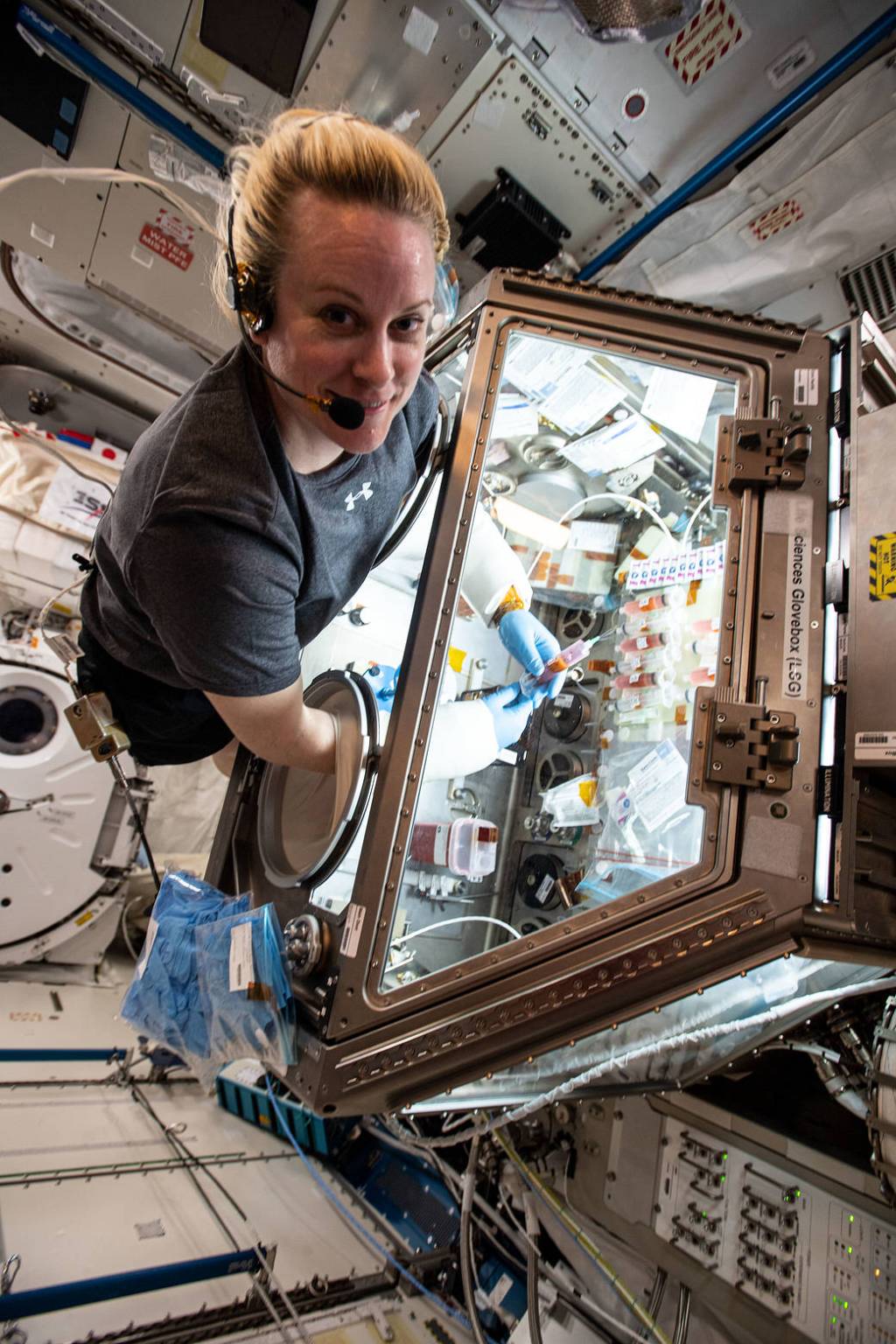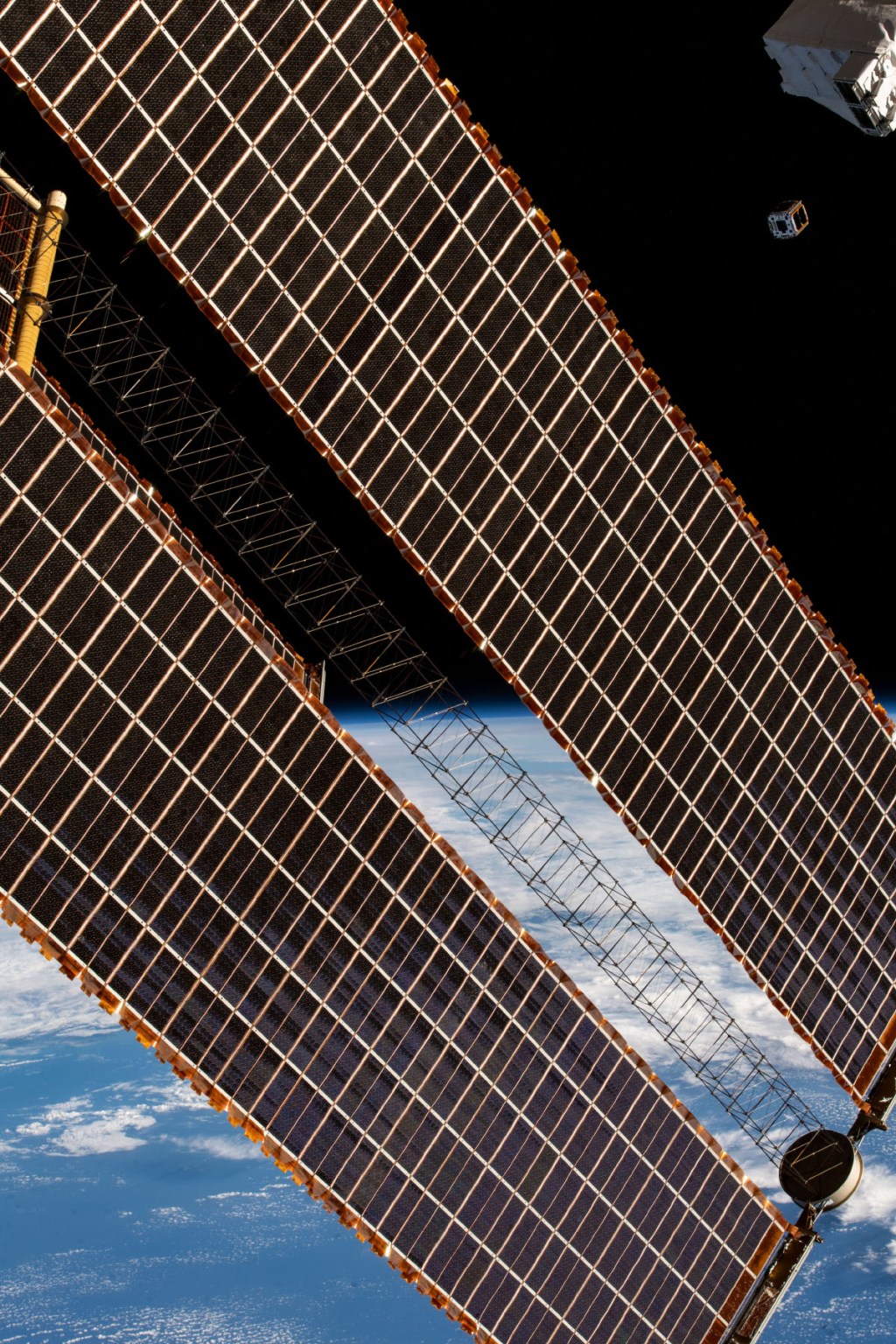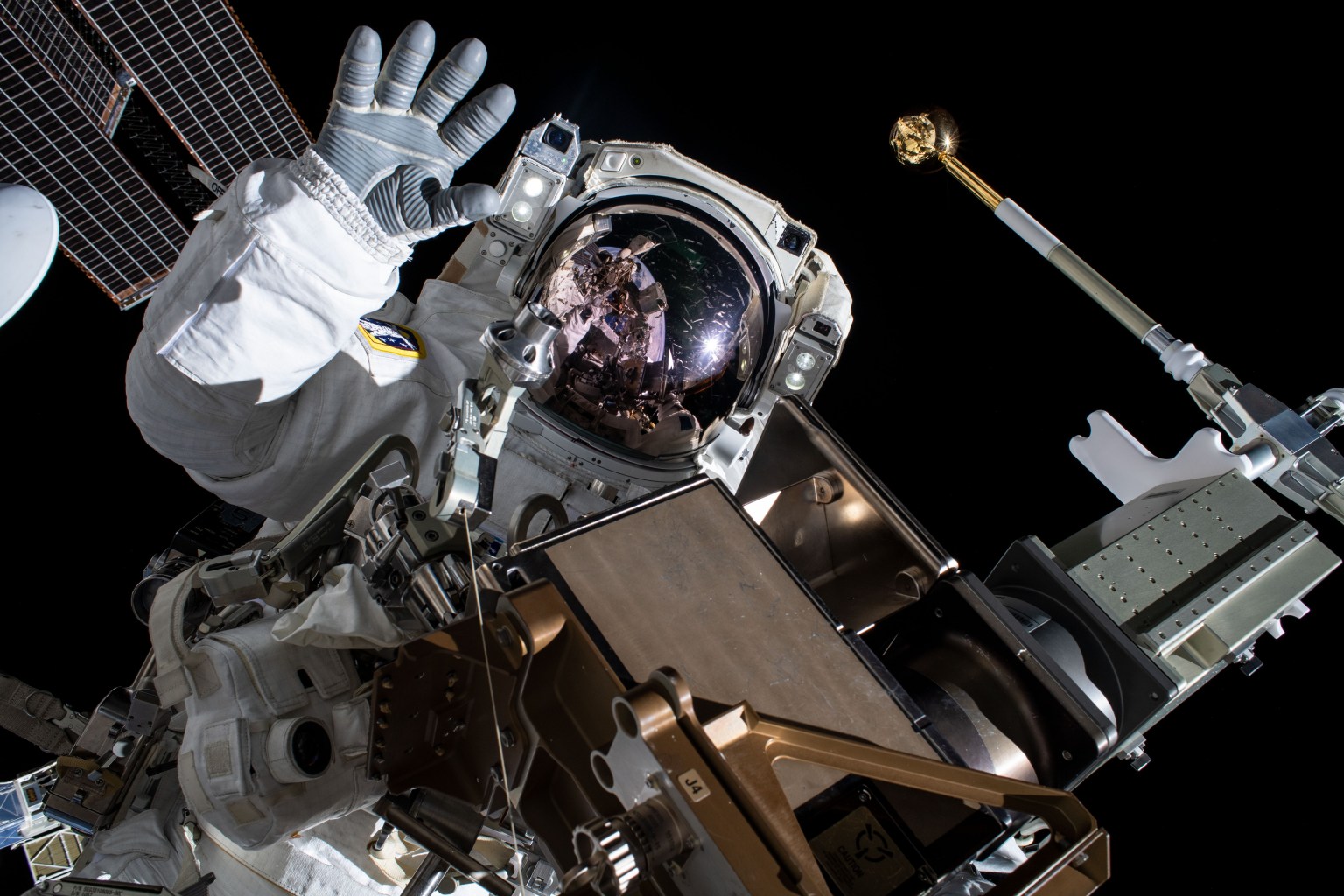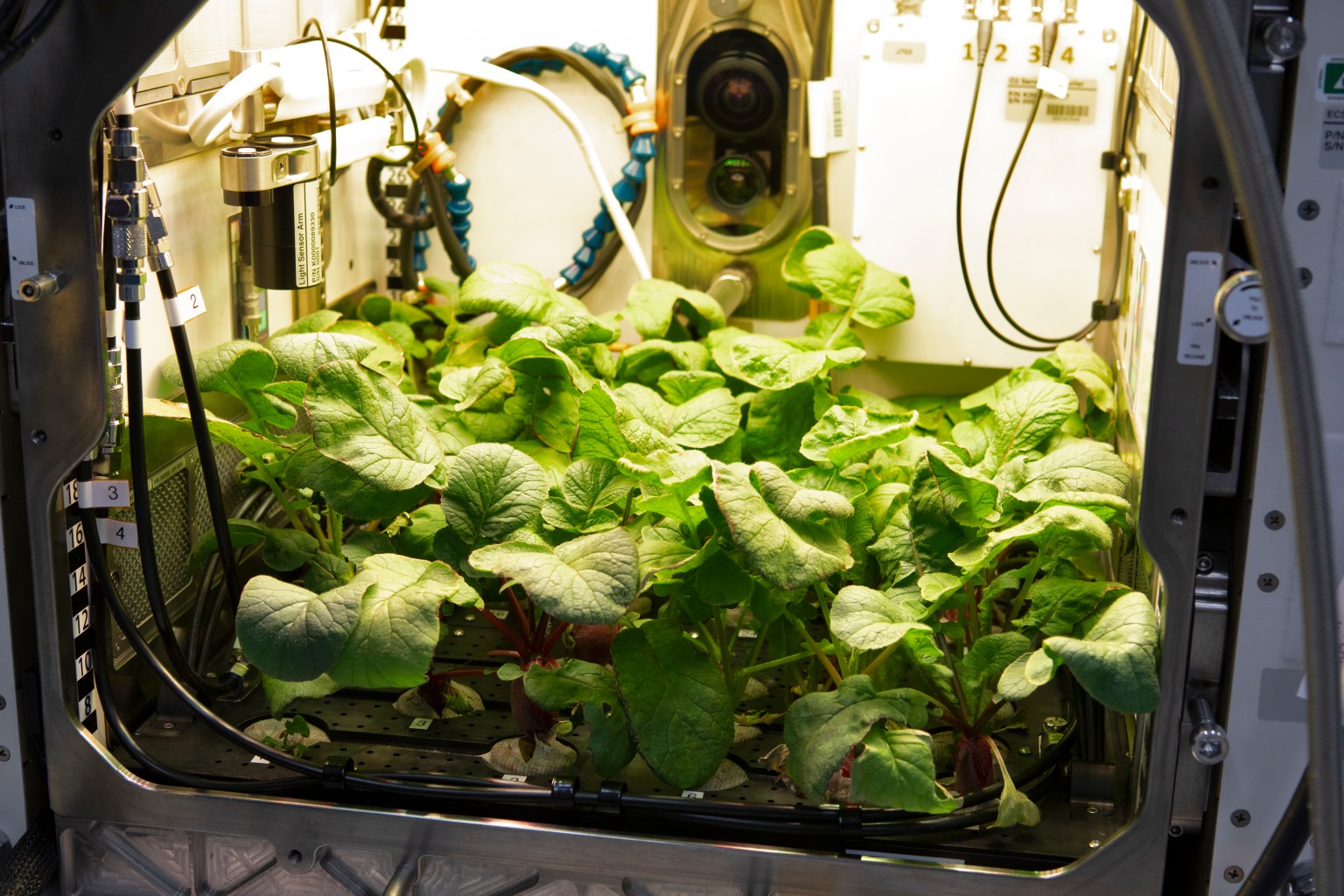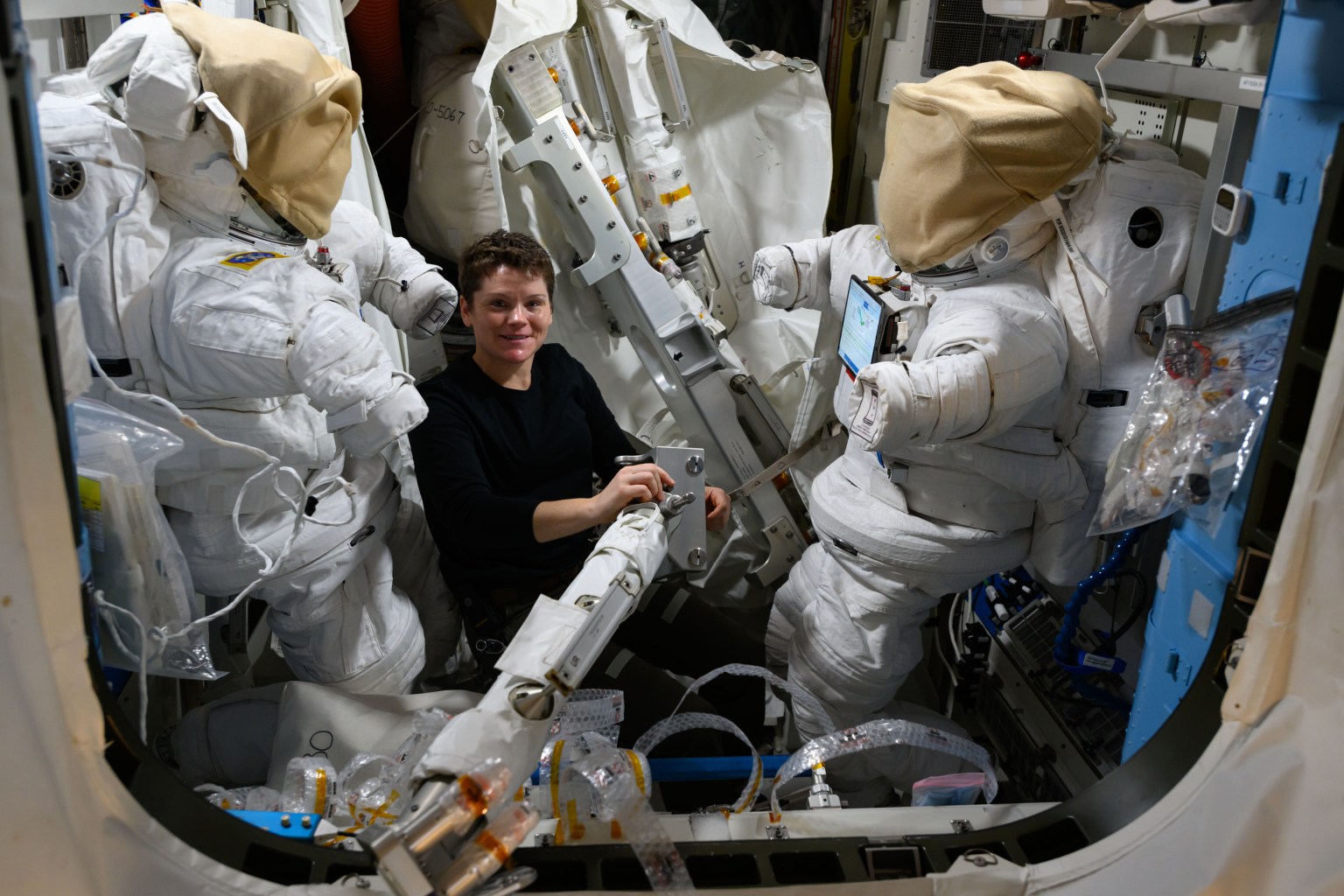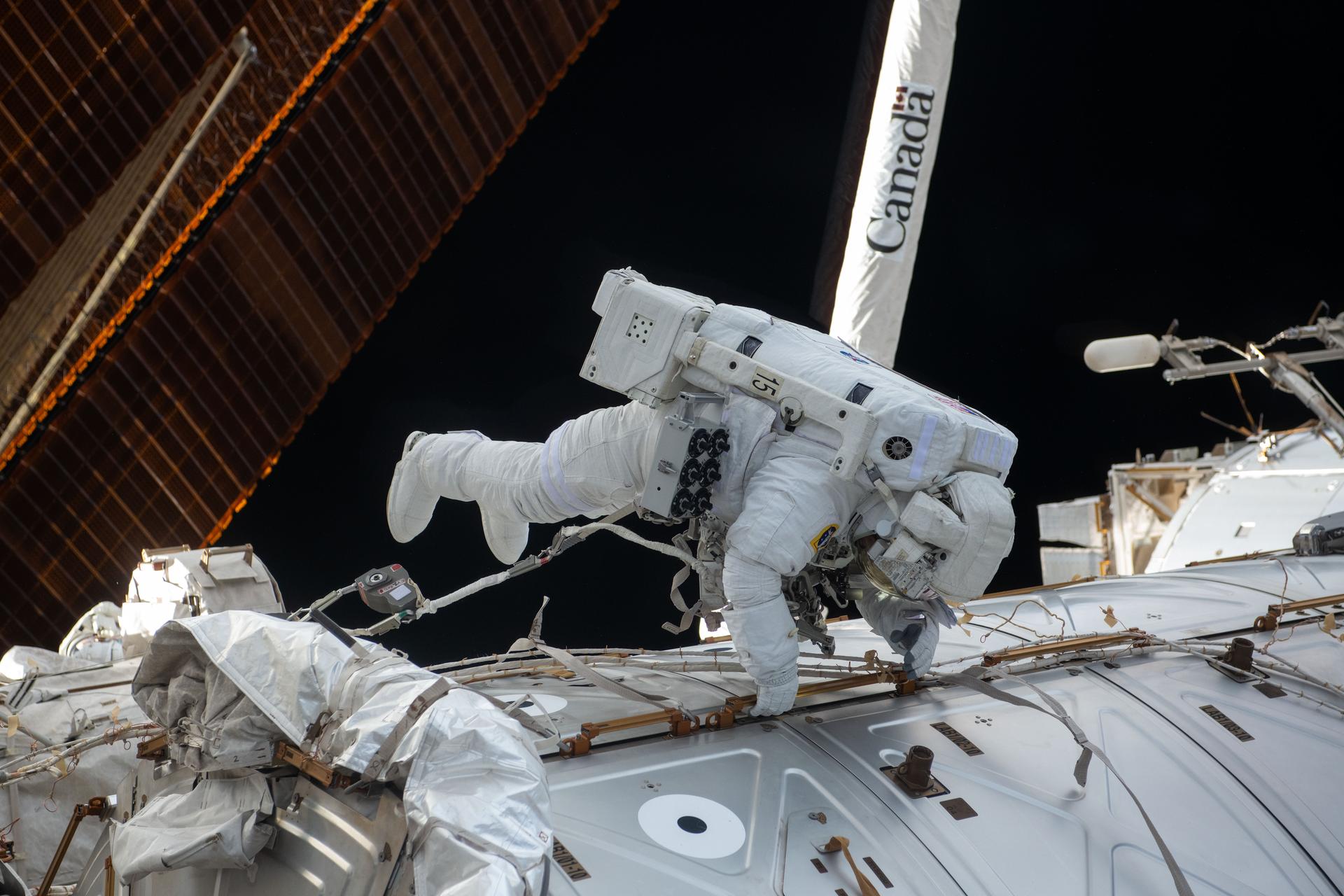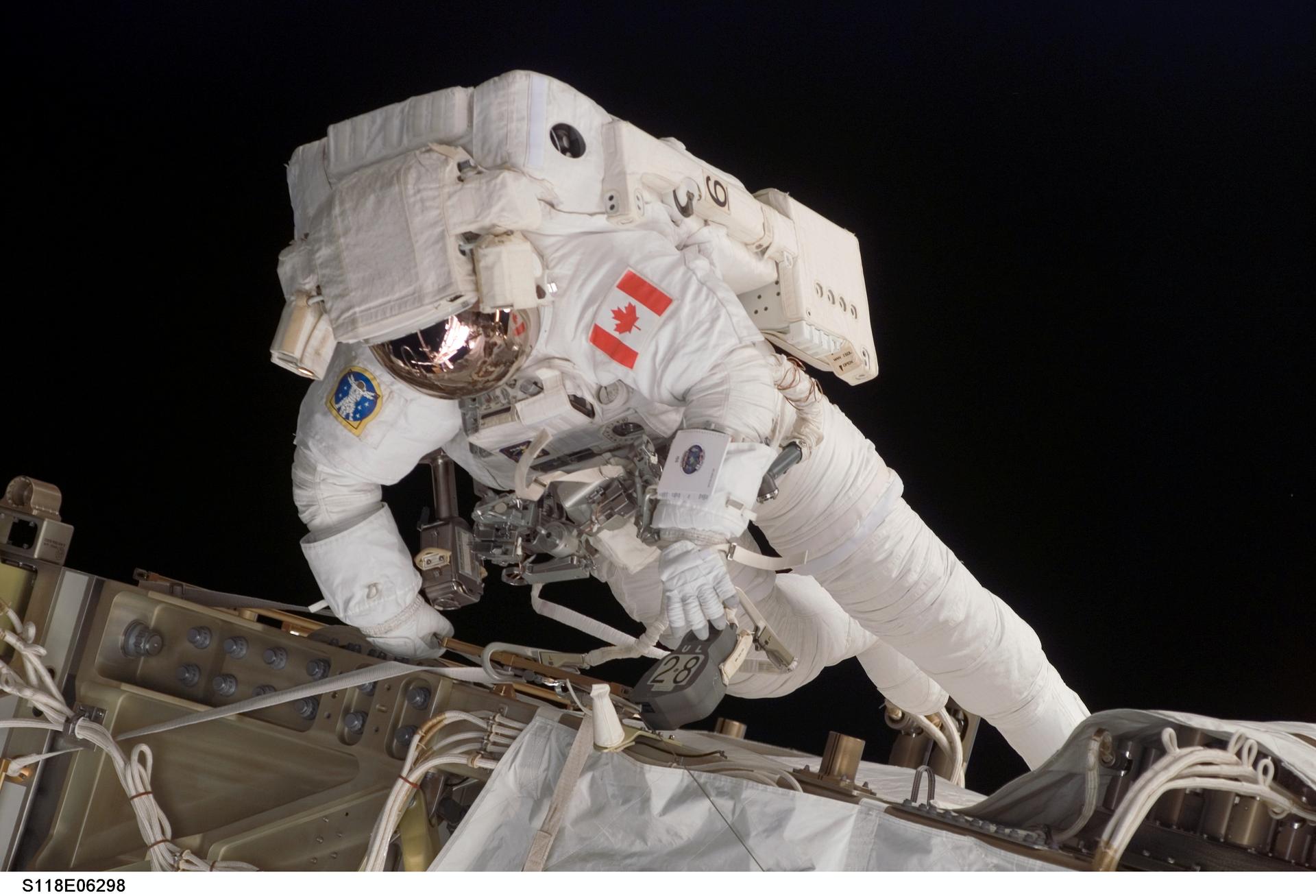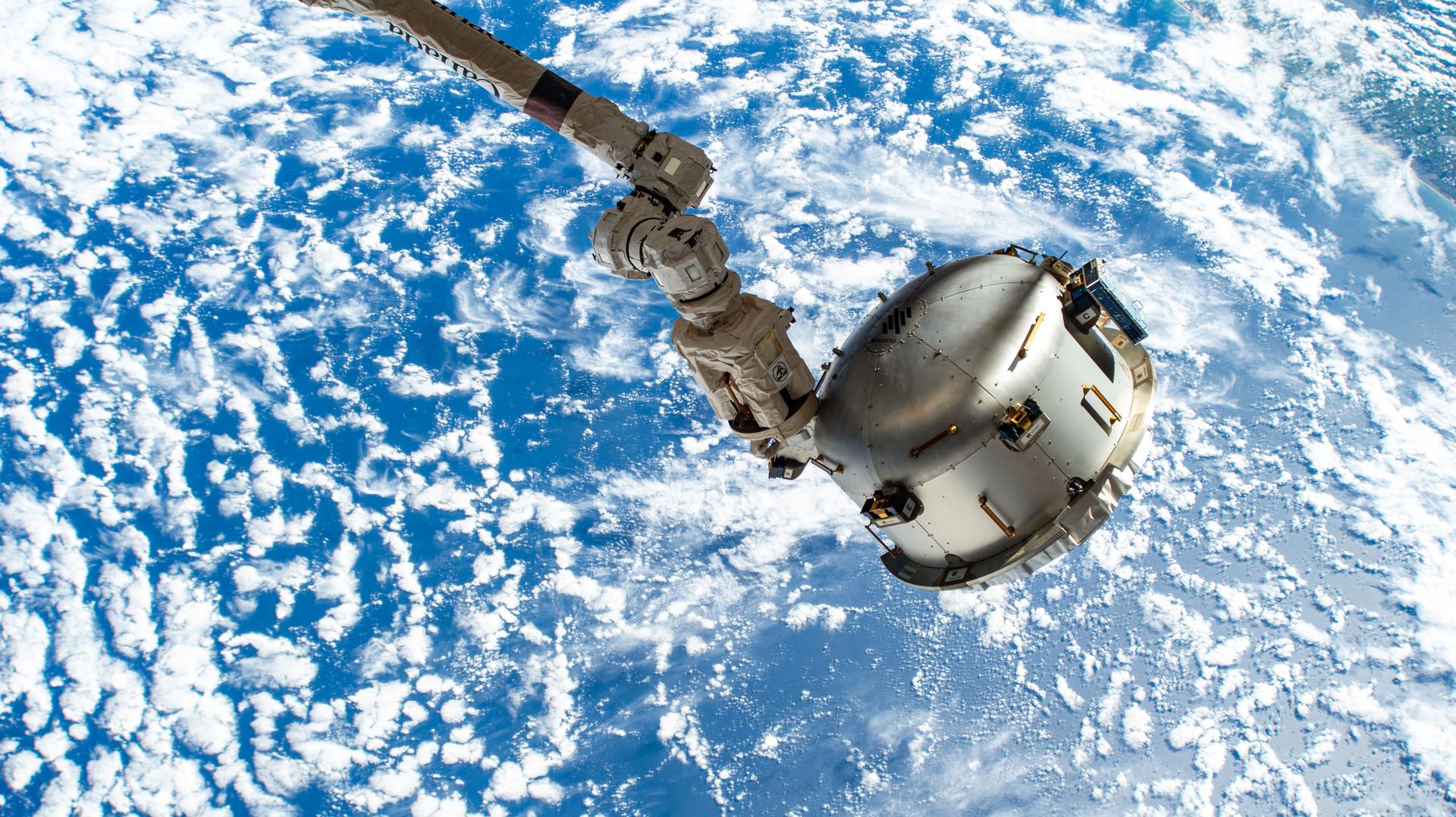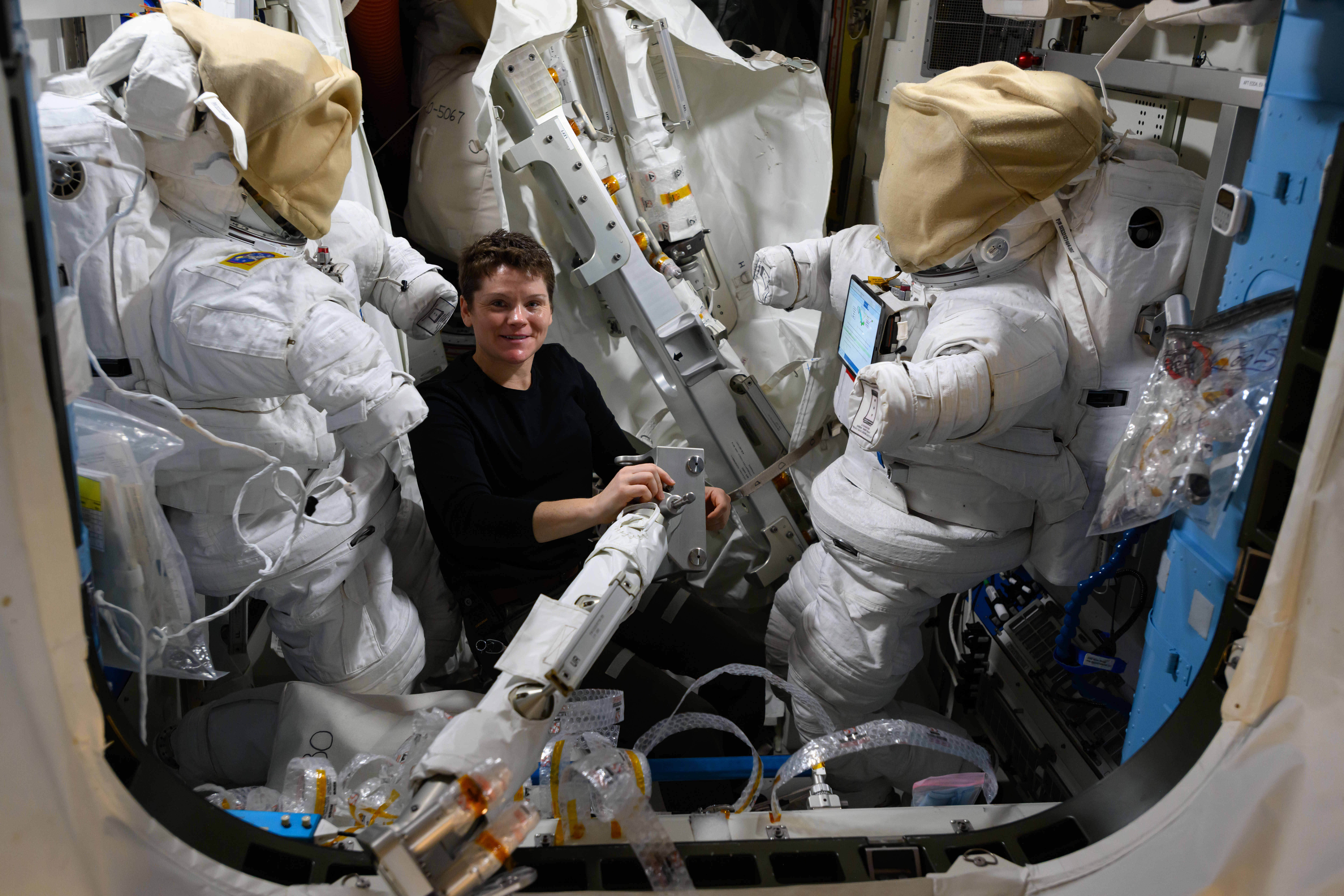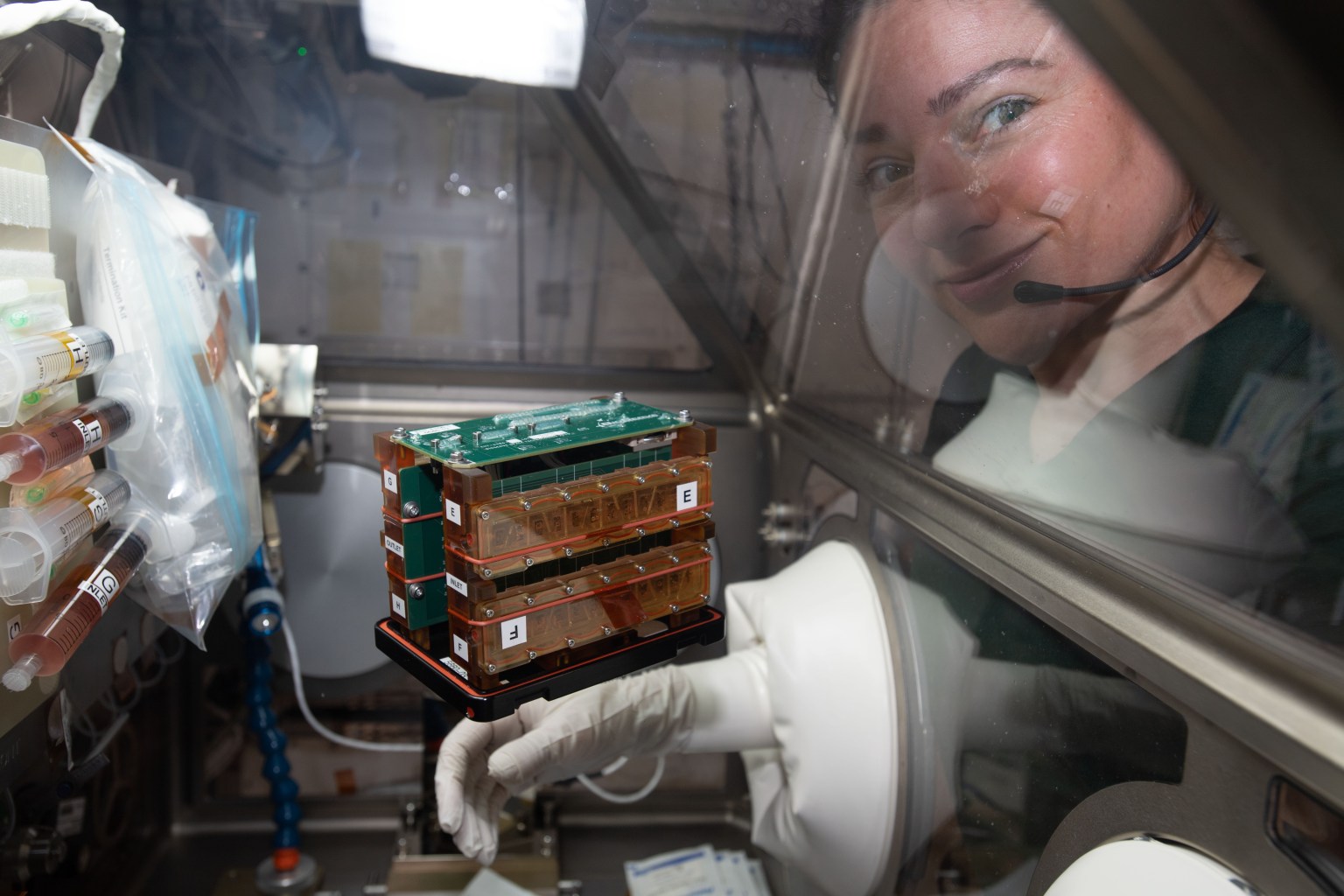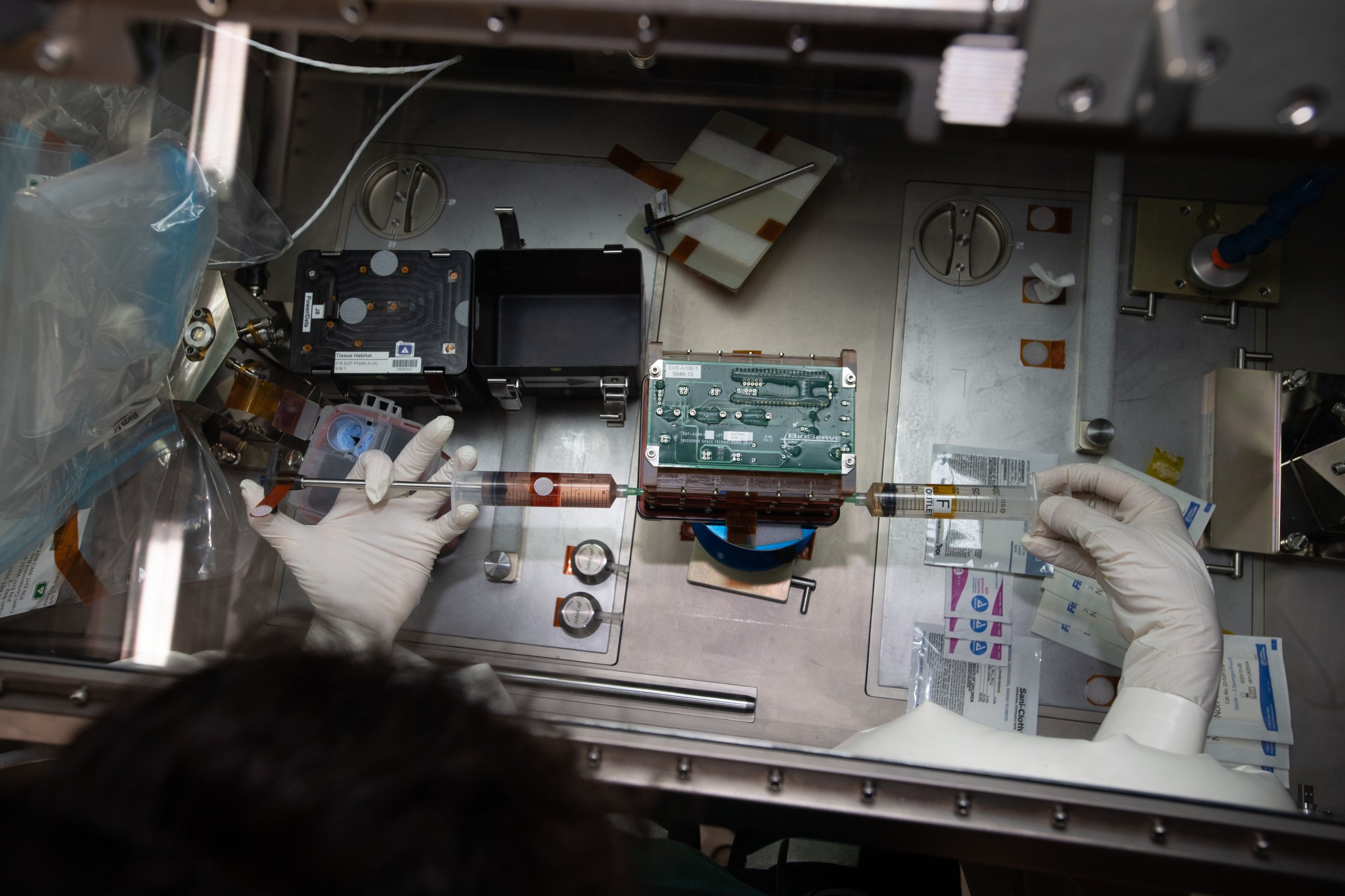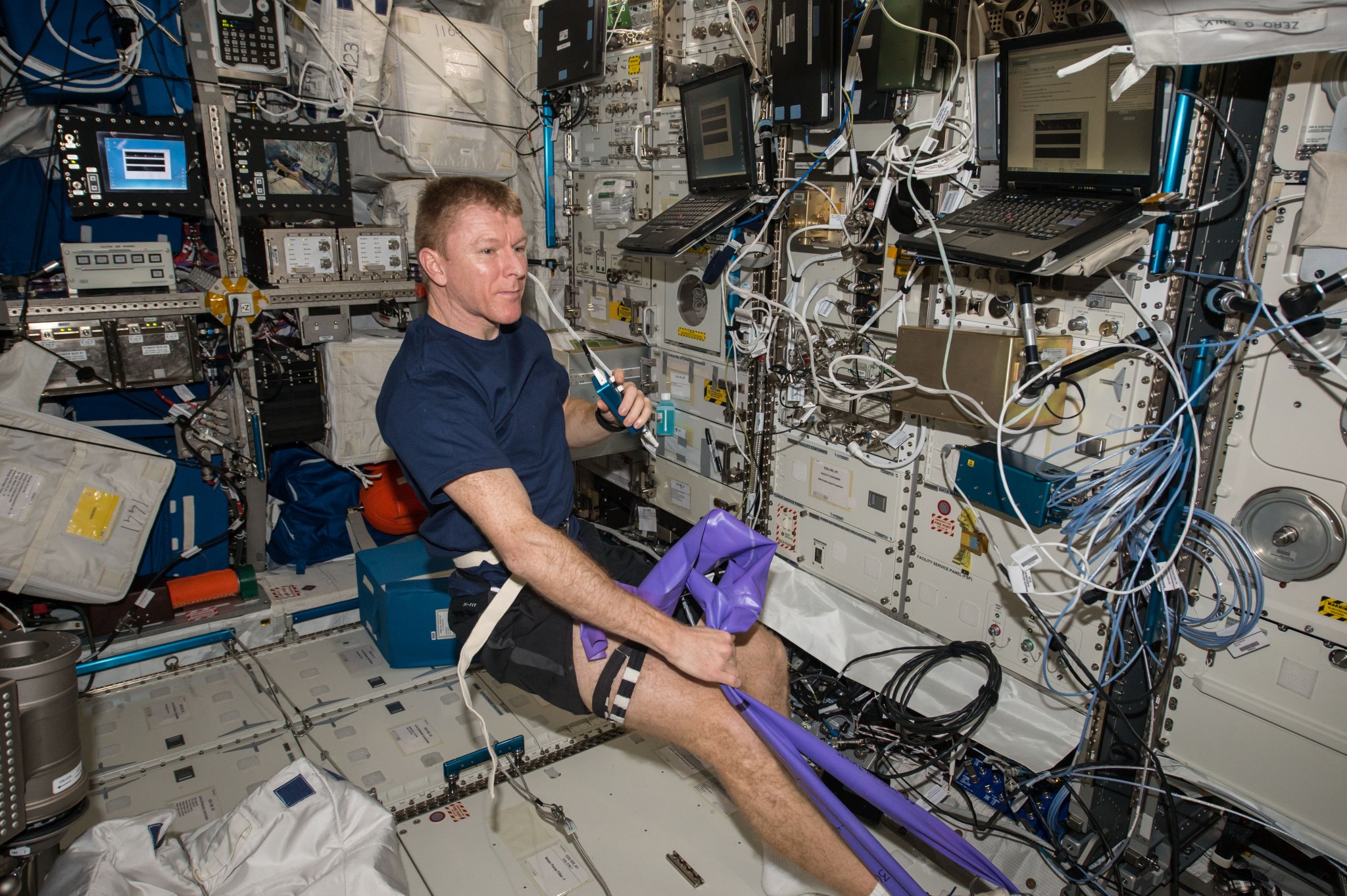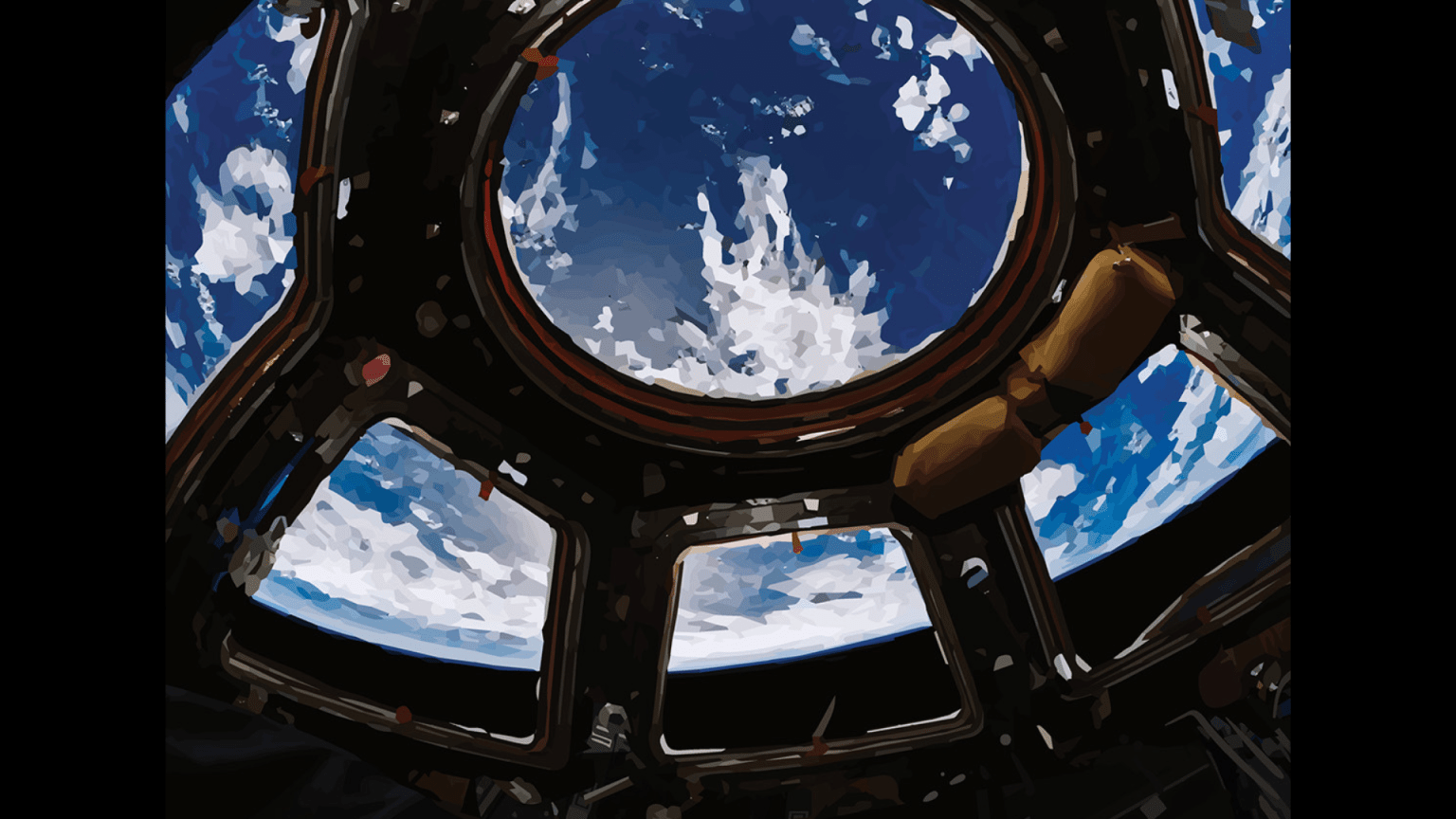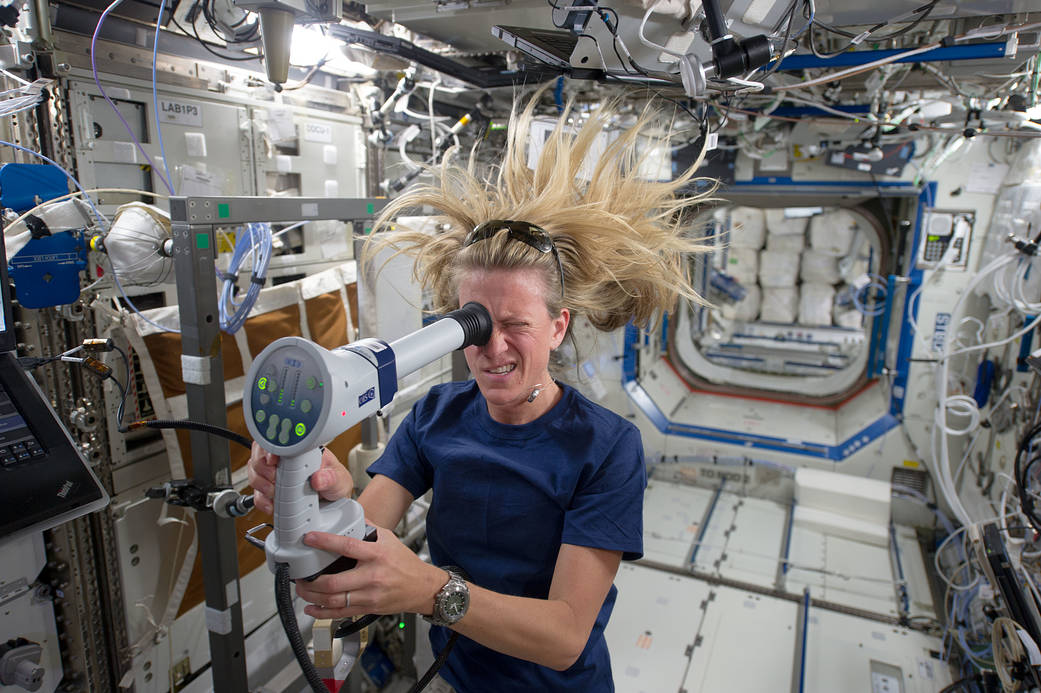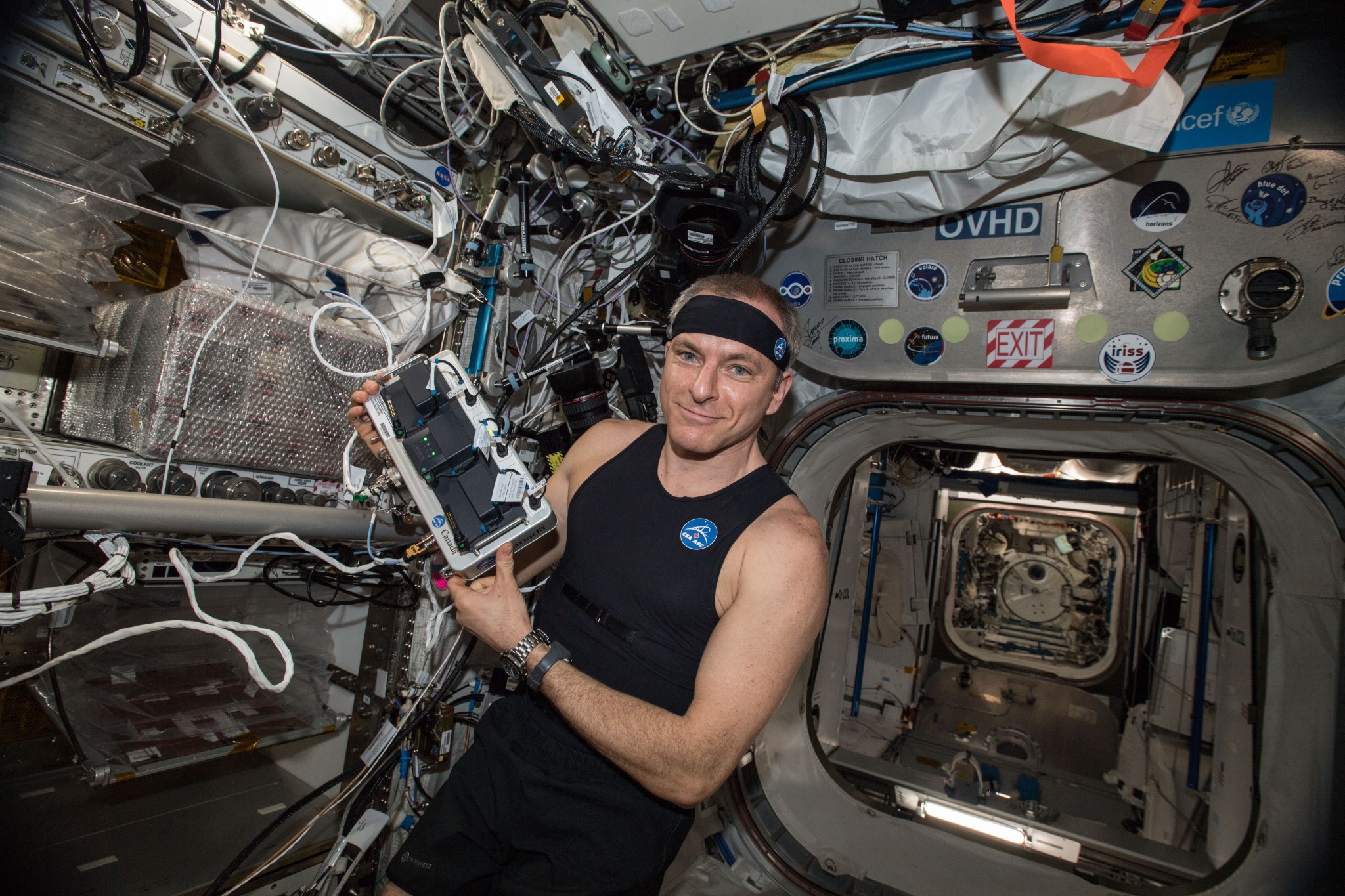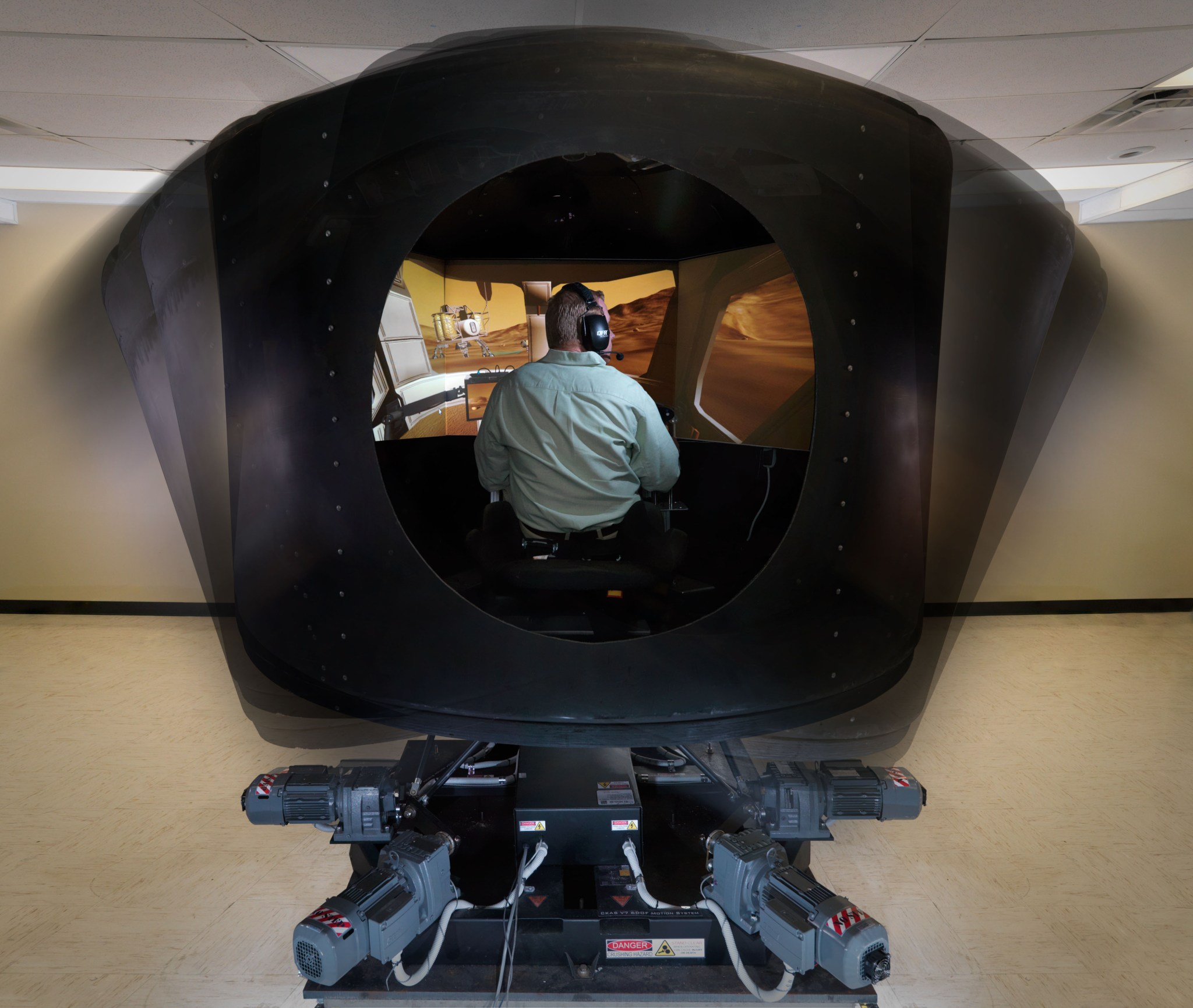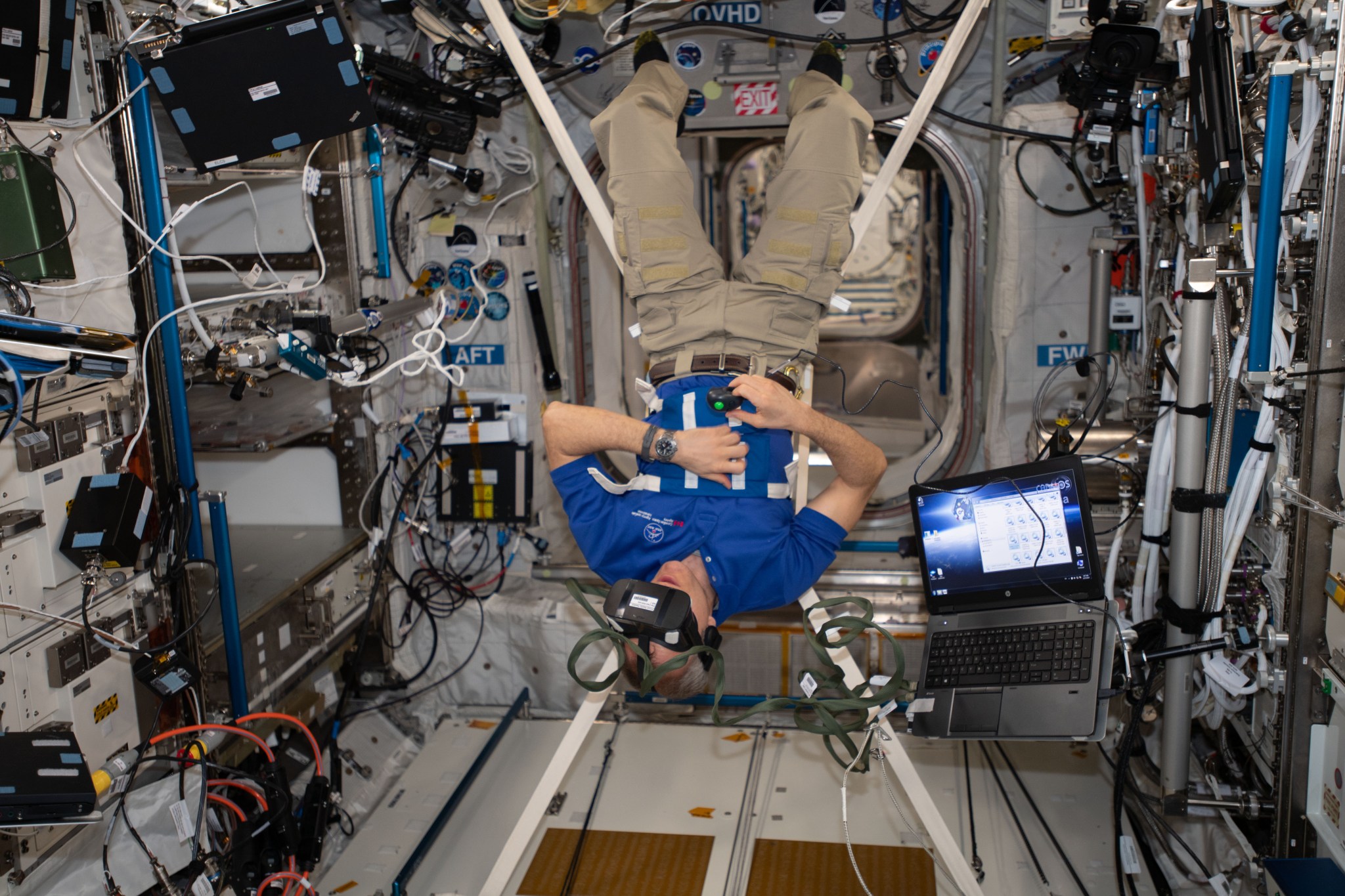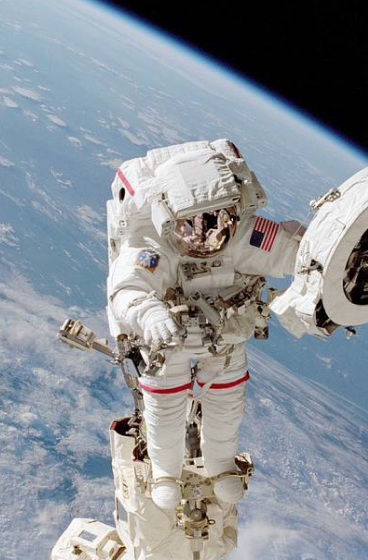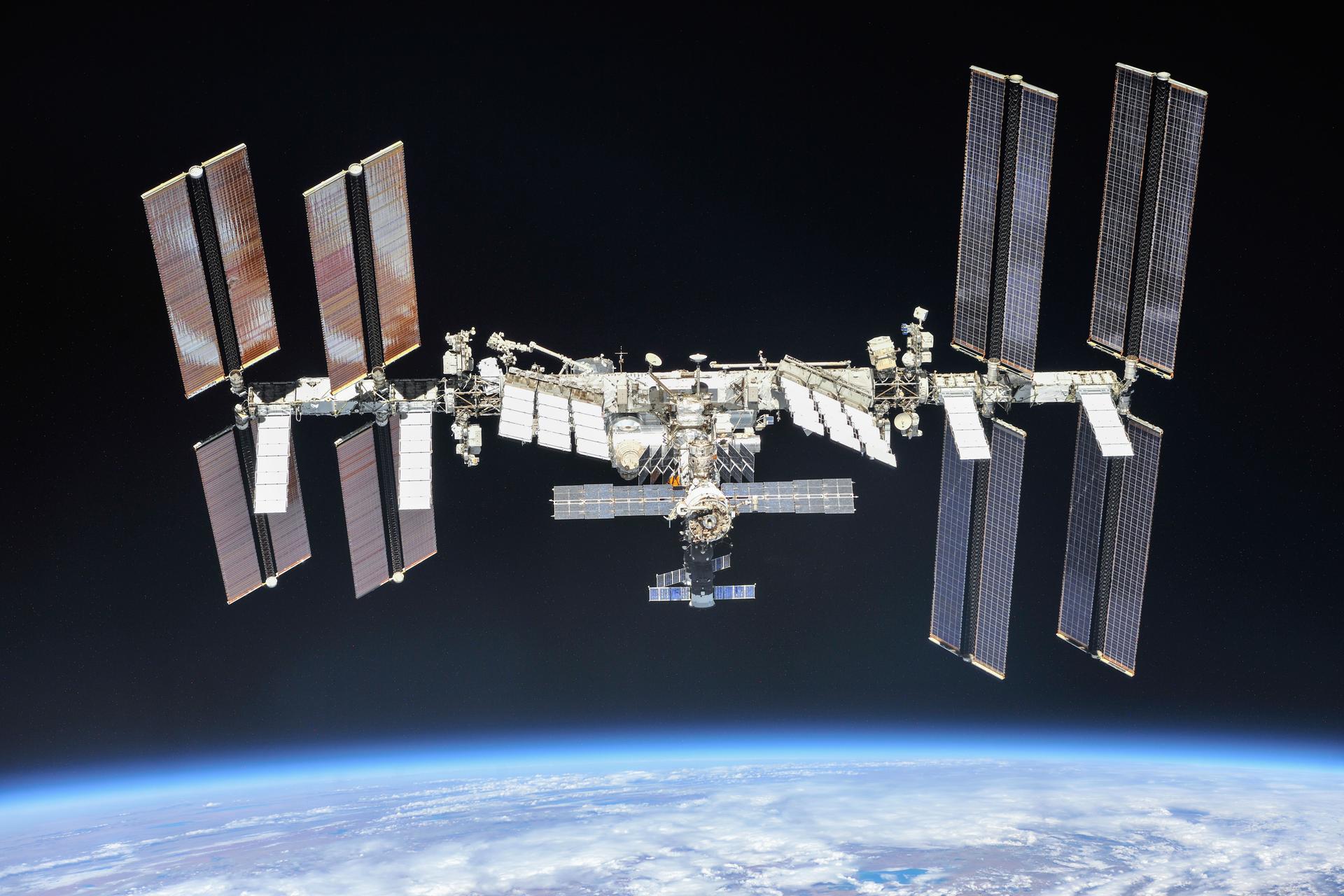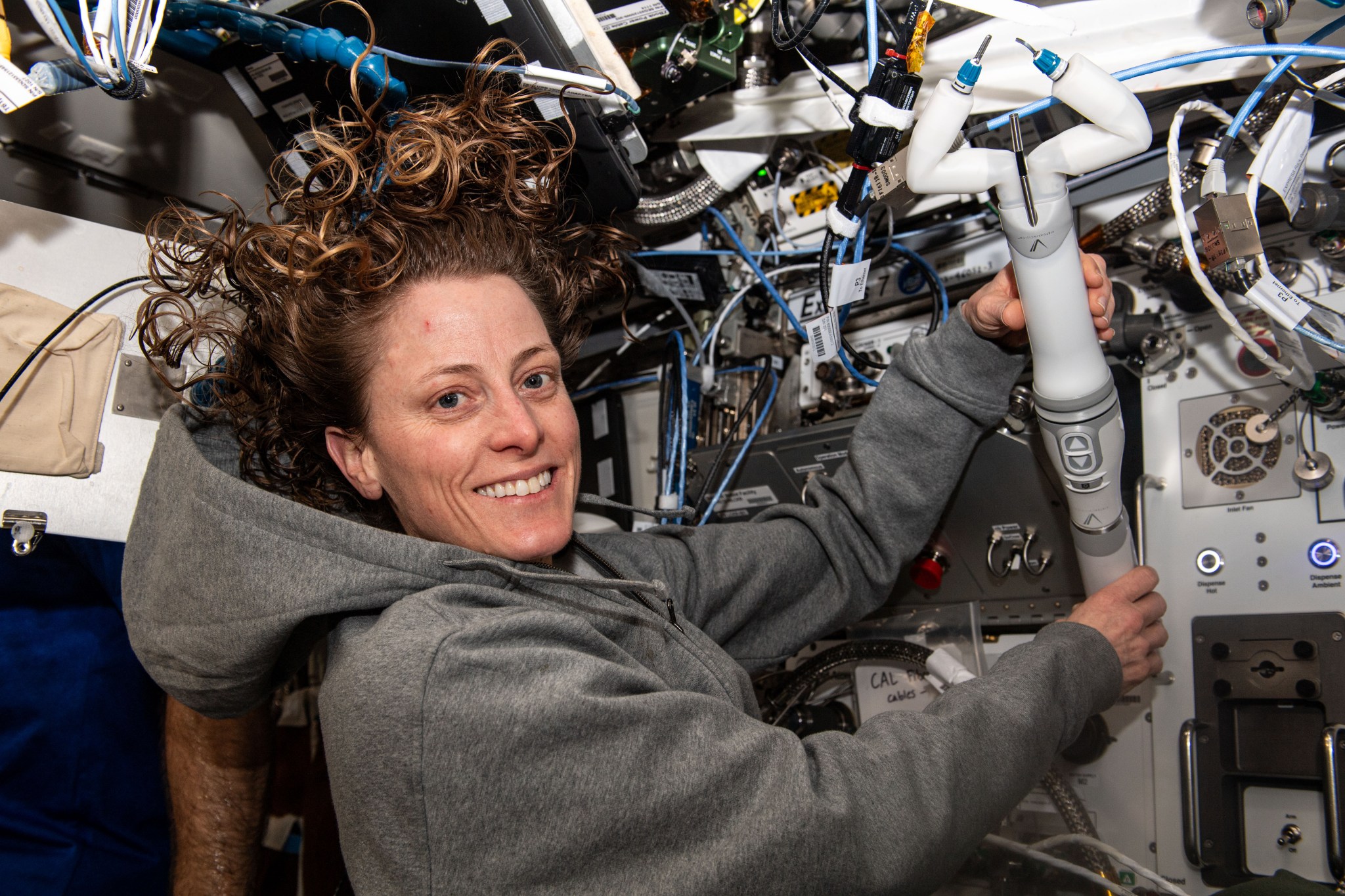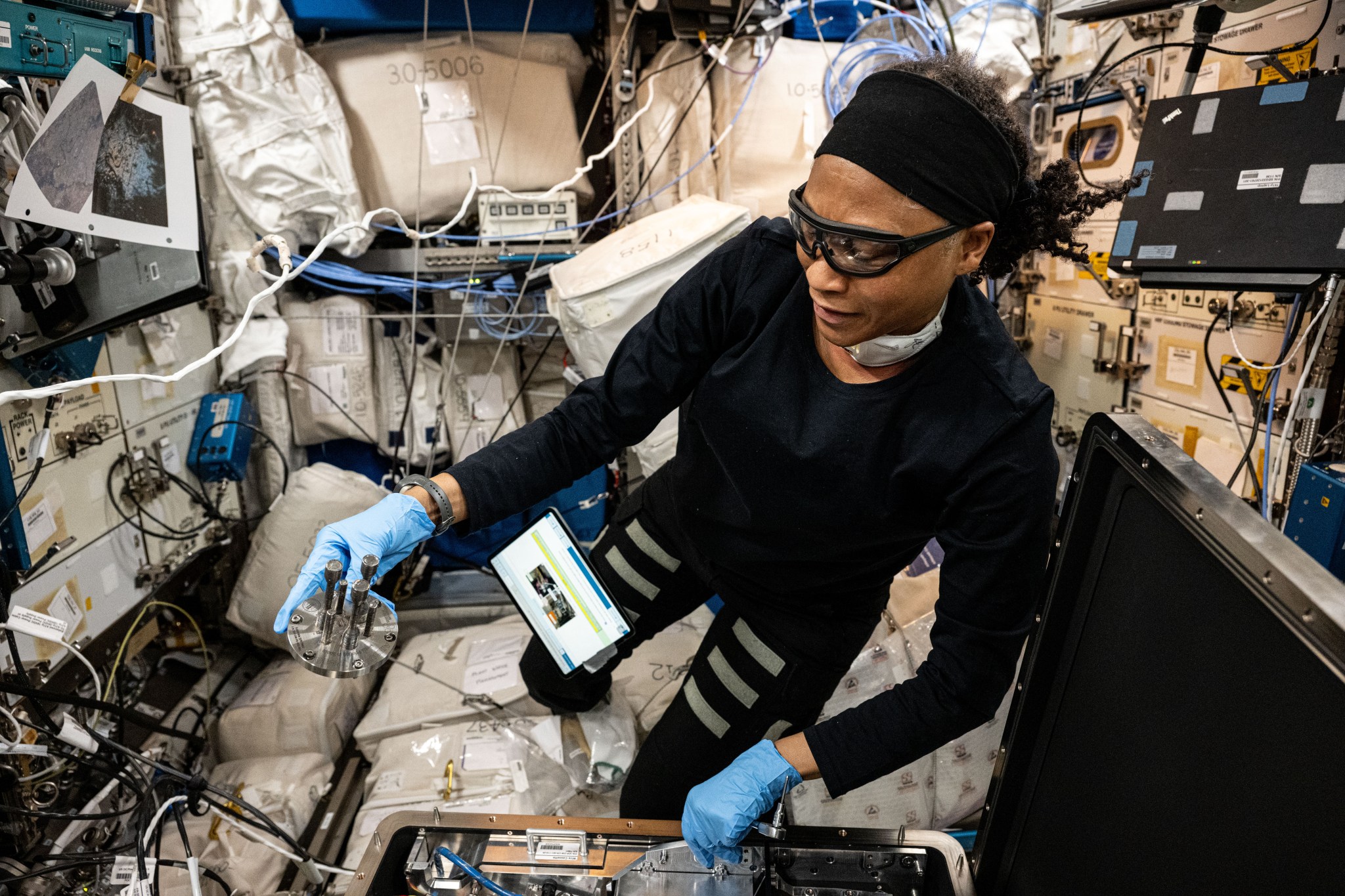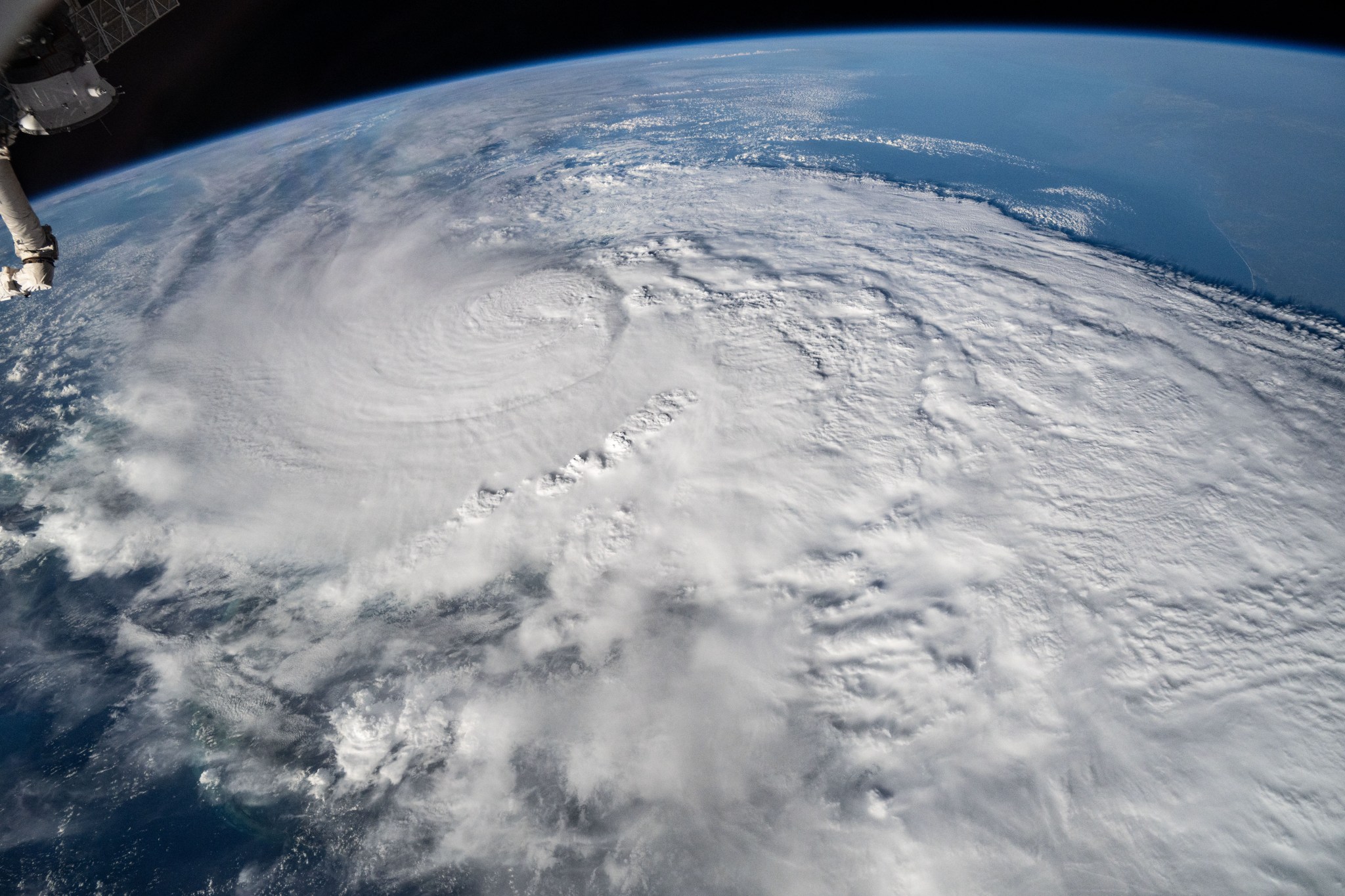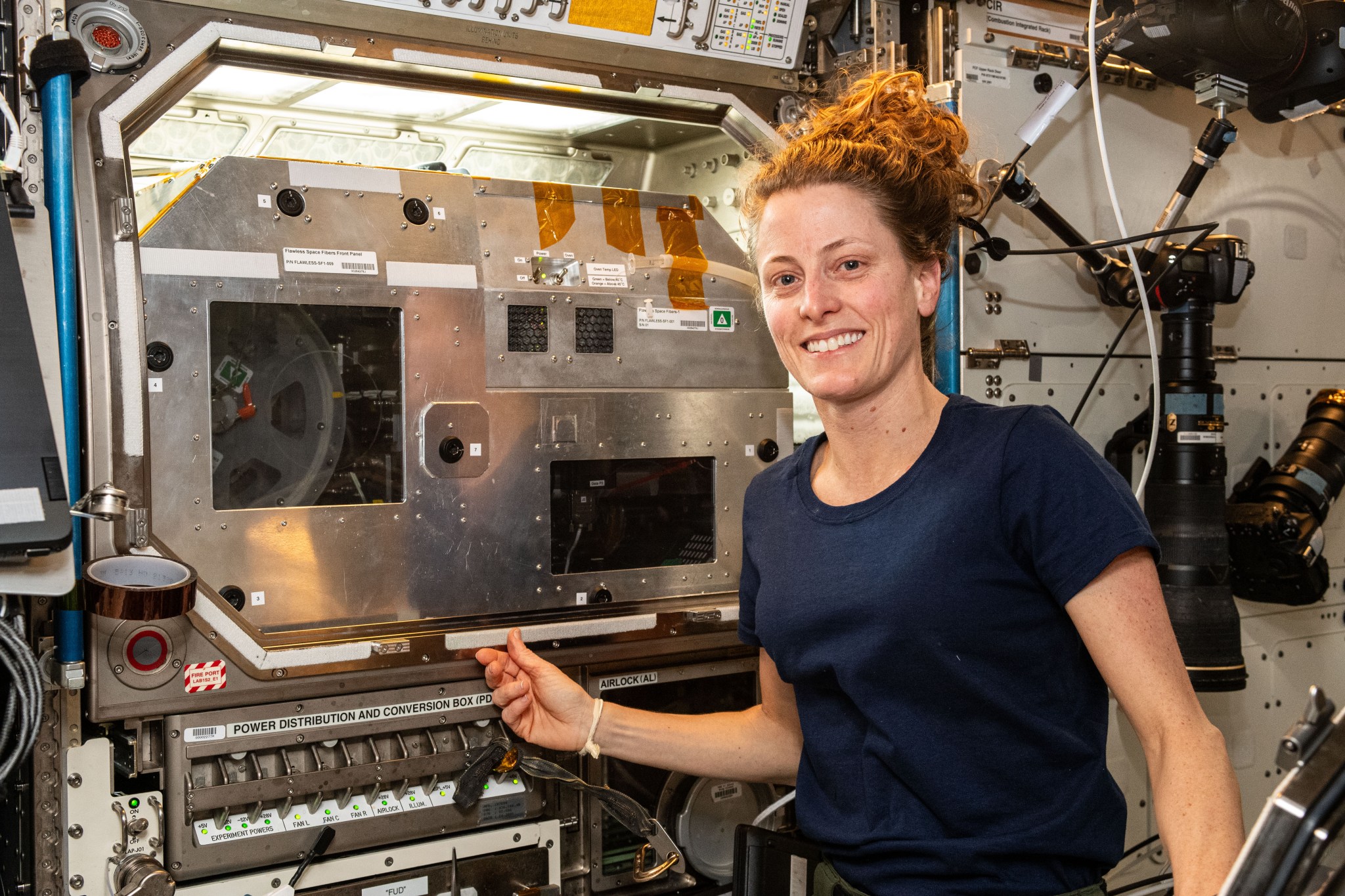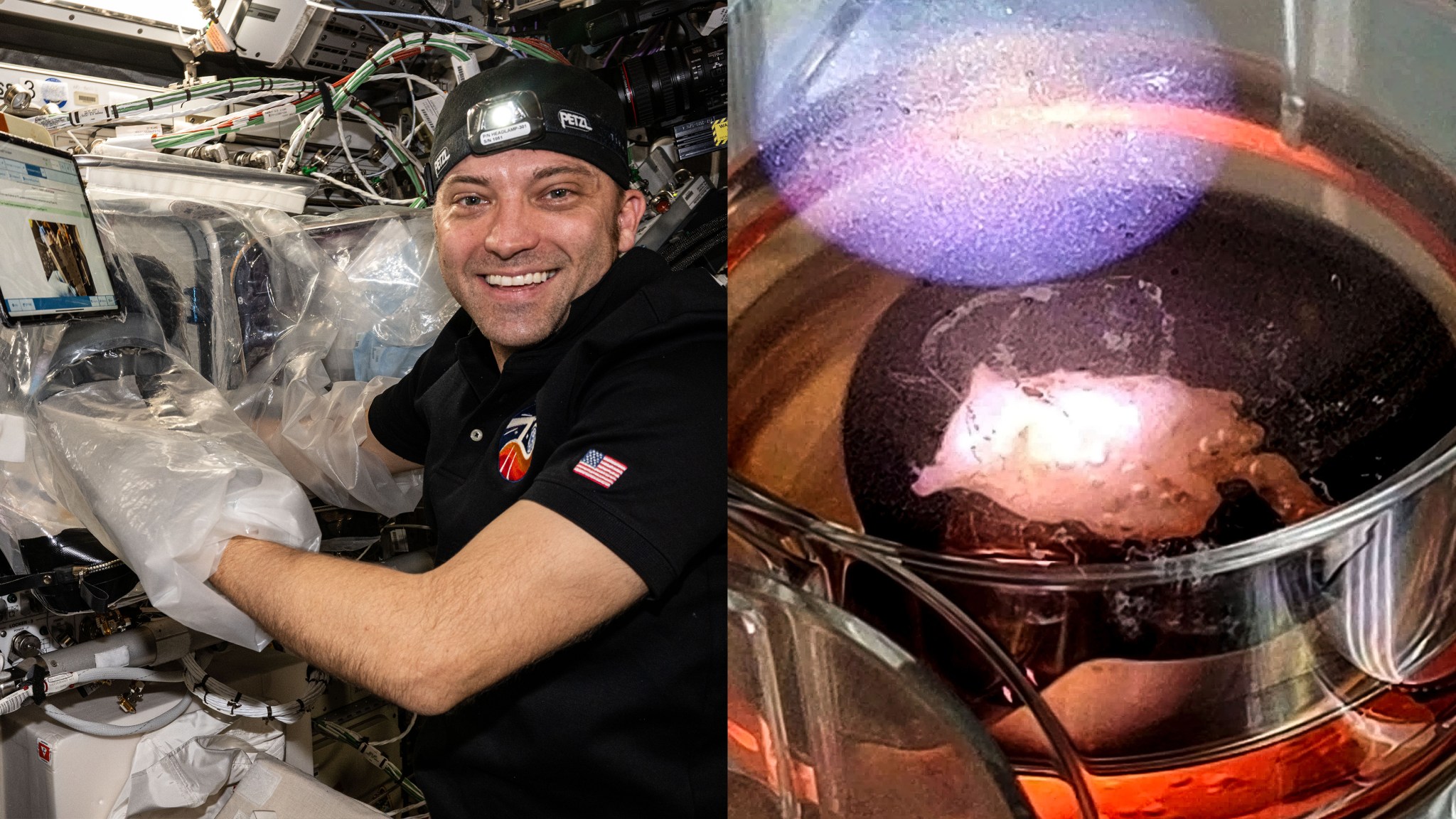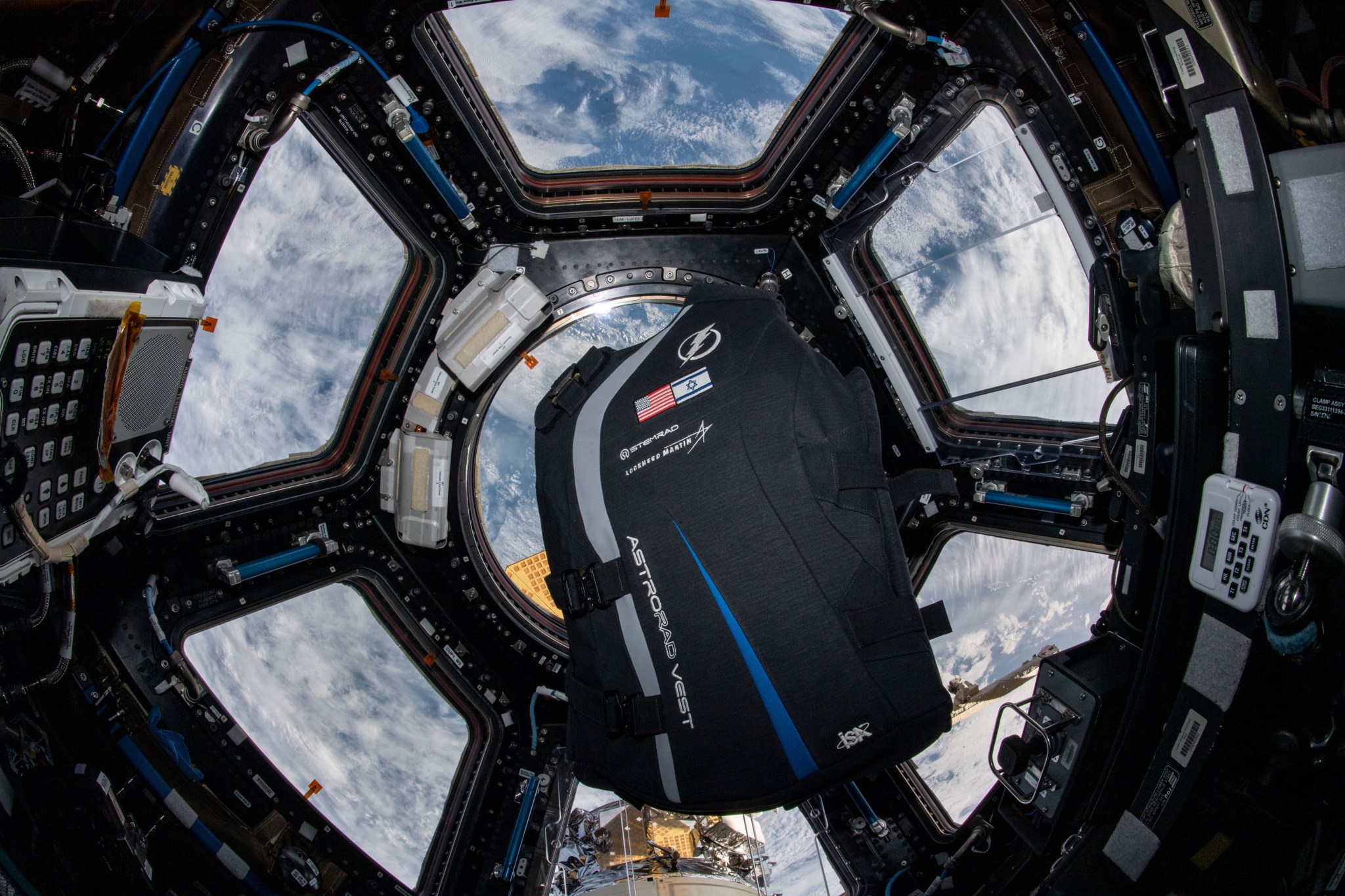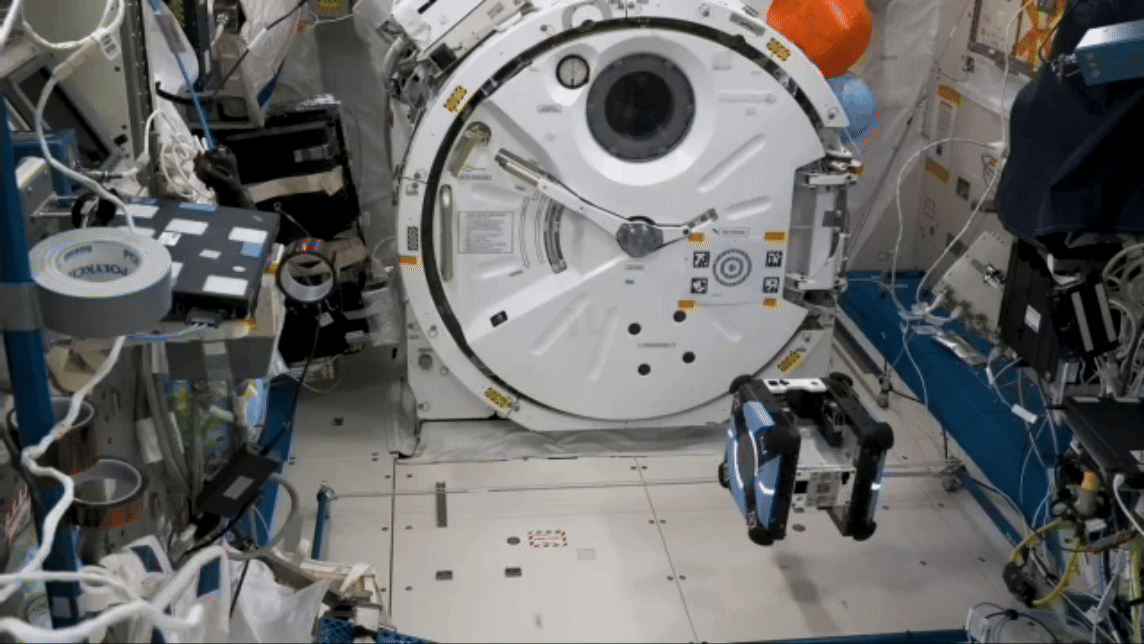NASA, ISRO Research Aboard Fourth Private Astronaut Mission to Station
NASA and ISRO (Indian Space Research Organisation) are collaborating to launch scientific investigations aboard Axiom Mission 4, the fourth private astronaut mission to the International Space Station. These studies include examining muscle regeneration, growth of sprouts and edible microalgae, survival of tiny aquatic organisms, and human interaction with electronic displays in microgravity.
The mission is targeted to launch no earlier than Tuesday, June 10, aboard a SpaceX Dragon spacecraft on the company’s Falcon 9 rocket from NASA’s Kennedy Space Center in Florida.
Regenerating muscle tissue
During long-duration spaceflights, astronauts lose muscle mass, and their muscle cells’ regenerative ability declines. Researchers suspect this may happen because microgravity interferes with metabolism in mitochondria, tiny structures within cells that produce energy. The Myogenesis-ISRO investigation uses muscle stem cell cultures to examine the muscle repair process and test chemicals known to support mitochondrial function. Results could lead to interventions that maintain muscle health during long-duration space missions, help people on Earth with age-related muscle loss and muscle-wasting diseases, and assist athletes and people recovering from surgery.
Sprouting seeds
The Sprouts-ISRO investigation looks at the germination and growth in microgravity of seeds from greengram and fenugreek, nutritious plants commonly eaten on the Indian subcontinent. Bioactive compounds in fenugreek seeds also have therapeutic properties, and the leaves contain essential vitamins and minerals. Learning more about how space affects the genetics, nutritional content, and other characteristics over multiple generations of plants could inform the development of ways for future missions to reliably produce plants as a food source.
Microalgae growth
Space Microalgae-ISRO studies how microgravity affects microalgae growth and genetics. Highly digestible microalgae species packed with nutrients could be a food source on future space missions. These organisms also grow quickly, produce energy and oxygen, and consume carbon dioxide, traits that could be employed in life support and fuel systems on spacecraft and in certain scenarios on Earth.
Tiny but tough
Tardigrades are tiny aquatic organisms that can tolerate extreme conditions on Earth. Voyager Tardigrade-ISRO tests the survival of a strain of tardigrades in the harsh conditions of space, including cosmic radiation and ultra-low temperatures, which kill most life forms. Researchers plan to revive dormant tardigrades, count the number of eggs laid and hatched during the mission, and compare the gene expression patterns of populations in space and on the ground. Results could help identify what makes these organisms able to survive extreme conditions and support development of technology to protect astronauts on future missions and those in harsh environments on Earth.
Improving electronic interactions
Research shows that humans interact with touchscreen devices differently in space. Voyager Displays – ISRO examines how spaceflight affects interactions with electronic displays such as pointing tasks, gaze fixation, and rapid eye movements along with how these interactions affect the user’s feelings of stress or wellbeing. Results could support improved design of control devices for spacecraft and habitats on future space missions as well as for aviation and other uses on Earth.
Download high-resolution photos and videos of the research mentioned in this article.
